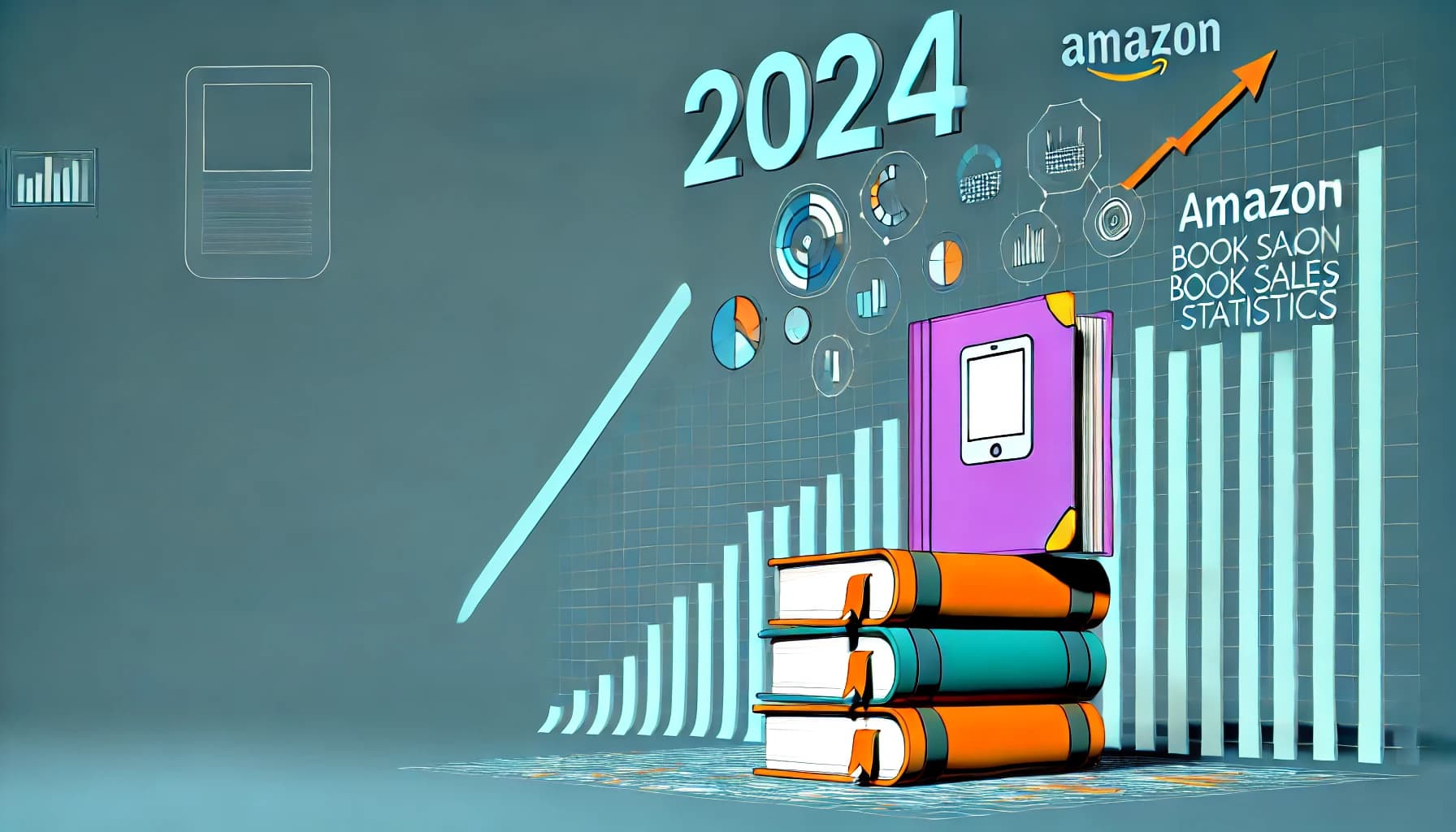Table of Contents
Sometimes, writing can feel flat and uninspired, right? You might find your words lacking that spark, leaving your readers yawning instead of leaning in. It’s a common struggle, but there’s a way to turn that around.
Stick with me, and I promise you’ll learn how to infuse your writing with metaphors that will light up your prose and engage your audience. By the end, you’ll have tools in your back pocket to make your writing resonate like never before.
In this guide, we’ll explore what metaphors are, why they matter, and how to use them effectively. We’ll also highlight common pitfalls to avoid and share some fun examples to inspire your creativity. Get ready to transform your writing!
Key Takeaways
- Metaphors are direct comparisons that can simplify complex ideas and evoke vivid imagery in writing.
- They enhance the emotional connection with readers and improve retention and comprehension.
- Use relatable and fresh metaphors; avoid clichés to make your writing unique and impactful.
- Be creative with your metaphors by exploring unusual images that resonate with your ideas.
- Study and analyze effective metaphor examples from great writers to find inspiration for your own work.
- Avoid common pitfalls, such as using tired phrases or making metaphors overly complicated.
- Practice regularly by crafting metaphors related to topics you enjoy, refining them over time.

Step 1: Understand What a Metaphor Is
A metaphor is a figure of speech that directly compares one thing to another, implying that they are alike in some way. It’s not just saying something is like something else; it’s stating that it is that thing. For example, saying “Time is a thief” suggests that time stealthily takes away life moments just like a thief would steal possessions. Understanding this can help you connect with readers on a deeper emotional level. When you incorporate metaphors, they can simplify complex ideas or evoke vivid imagery, making your writing more impactful and engaging.
Step 2: Learn Why Metaphors Are Important
Metaphors add layers of meaning to writing, enhancing the connection between abstract concepts and tangible feelings. They can transform the mundane into the magical. Think of it this way: when you say “the world is a stage,” you’re suggesting that life is performative, encouraging readers to reflect on their roles. Research shows that using metaphors can increase retention and comprehension by up to 20%. Start integrating this into your writing, and you’ll find the details stick with your audience much longer.
Step 3: Follow Key Principles for Using Metaphors
Using metaphors effectively involves a few essential principles. First, they should be relatable; your audience should easily grasp the comparison. Second, avoid clichés—those tired phrases won’t resonate as powerfully. Instead, create fresh metaphors that reflect your unique voice. A great tip is to consider your subject matter and brainstorm images that come to mind without judging their relevancy. Lastly, make sure your metaphors serve a purpose; they should clarify your point rather than confuse the reader. Practice by isolating a key idea and crafting various metaphors around it. This can help you hone your skill and find the perfect expression.

Step 4: Use Metaphors Creatively
Being creative with metaphors can really elevate your writing. Think about the feelings or ideas you want to convey and find unusual images to express them.
For example, consider data freshness as the human experience of playing Frogger. Just as Frogger processes the world around him in milliseconds, effective data management requires quick thinking to keep information relevant.
Experiment with your metaphors until they resonate. Jot down ideas, play with words, and don’t be afraid to ask for feedback from others.
This creative approach makes your writing more engaging and can stick in the minds of your readers.
Step 5: Study Examples of Effective Metaphors
One of the best ways to learn is by examining how great writers use metaphors. Take “data as oil” for instance. This metaphor highlights the immense value data holds in today’s economy, much like oil did during the industrial revolution.
Every time you shop online, you’re a part of this metaphor. A study suggests that companies with vast data resources can adapt better, making them the modern-day oil barons. This metaphor emphasizes economic shift and innovation.
Similarly, the “data tsunami” metaphor captures the rapid influx of information we face daily. Understanding such examples can inspire you to find your own unique expressions.
Step 6: Avoid Common Mistakes with Metaphors
It’s easy to get lost in metaphors, but some pitfalls can undermine your message. A common mistake is using clichés. Phrases like “time is money” have become so overused that they lose their impact.
Instead, think of fresh images that better represent your ideas. For example, rather than saying “data as fuel,” which is another well-worn term, consider saying “data drives decisions” to evoke the idea of action.
Another mistake is overcomplicating metaphors. Keep them simple so that readers grasp your point quickly. An effective metaphor should clarify, not obfuscate.
Step 7: Practice Using Metaphors in Your Writing
The best way to master the art of metaphors is through practice. Start by choosing a topic you love and write a few sentences using different metaphorical comparisons.
For instance, if you’re writing about high-concurrency data access, think of it as “multiple frogs crossing a busy highway.”
This not only conveys the idea of many users accessing data, but also adds a splash of humor!
Set aside time each week dedicated to crafting metaphors. You might even pick **[writing prompts](https://automateed.com/winter-writing-prompts/)** to help spark new ideas.
Don’t be afraid to revise and refine them. The more you play around, the more skillful you’ll become at making meaningful connections.
FAQs
A metaphor is a figure of speech that makes a direct comparison between two unrelated things, highlighting a similarity without using “like” or “as.” It enhances understanding by creating vivid imagery.
Metaphors enrich writing by adding depth and resonance, allowing readers to connect emotionally with the content. They simplify complex ideas and enhance descriptions, making communication more engaging and memorable.
Common mistakes include using mixed metaphors, being overly abstract, or creating confusing comparisons. It’s essential to ensure that metaphors are clear and fit the context of your writing to maintain effectiveness.
To practice, you can write daily and include metaphors intentionally. Analyze literature for examples, redefine personal experiences using metaphors, and participate in writing workshops to receive feedback on your use of them.



